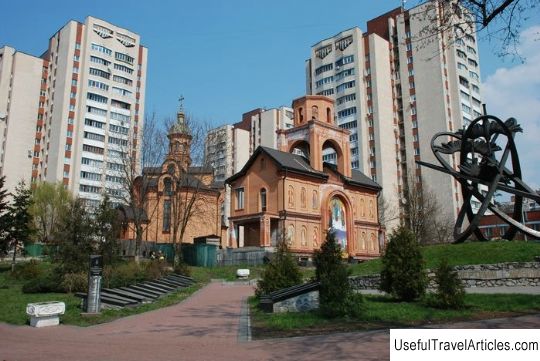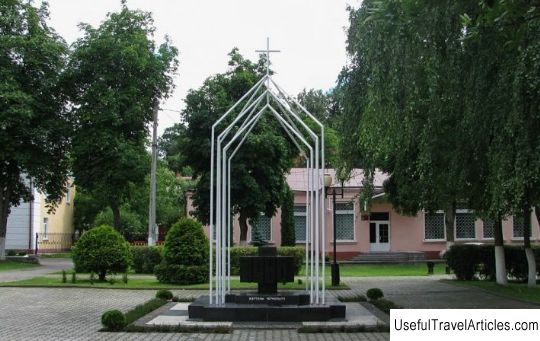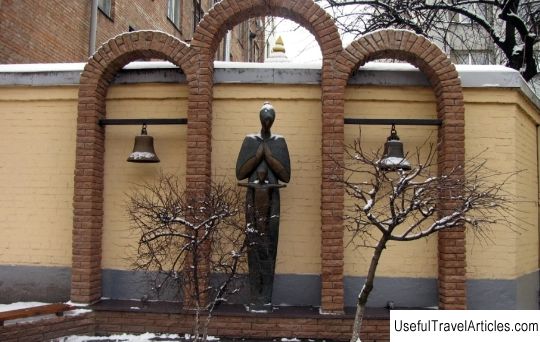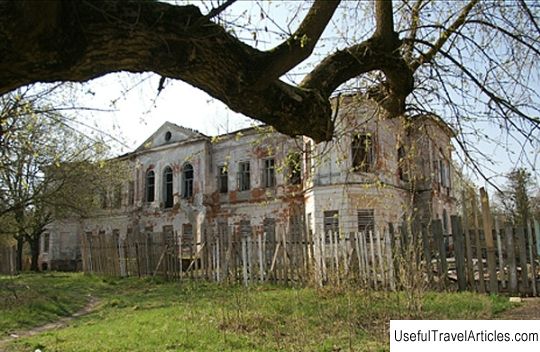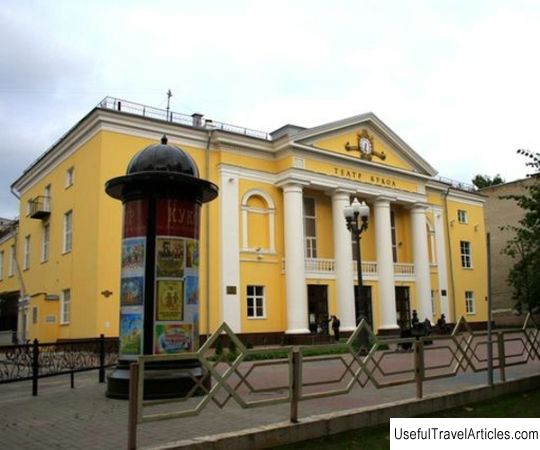Ghost town Pripyat (Ukraine)
Rating: 9,1/10 (5869 votes) 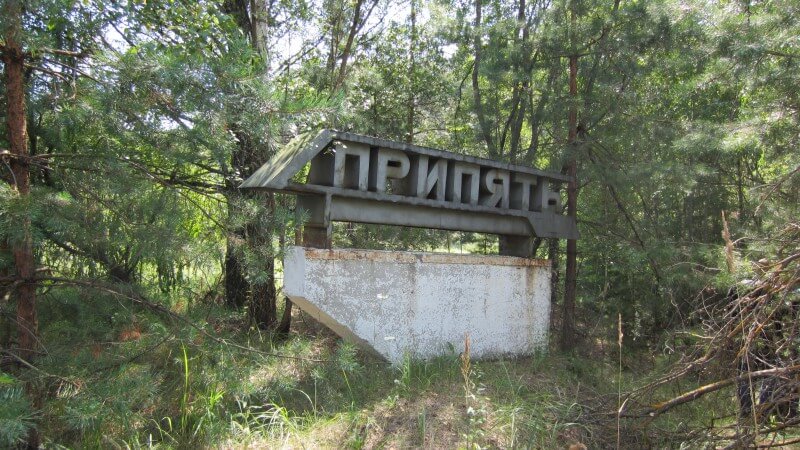  The infamous Chernobyl nuclear power plant and the tragedy that happened here in 1986 led to the creation of called the Chernobyl Exclusion Zone. This area of increased danger and radioactive contamination includes the city of Pripyat, which appeared as the main place of residence of the Chernobyl NPP workers and their families. For more than 20 years, Pripyat, which has not been deprived of the status of a settlement, has been an abandoned place where numerous excursions are periodically organized. The construction of a working village of atomic scientists began in 1970. This place received the status of a city only 9 years later, when the population attracted from all over the Soviet Union became large enough for the settlement to become a full-fledged city. Great hopes were pinned on Pripyat not only as a city where world-class specialists could live, but also as an important transport hub of the Ukrainian SSR. A branch of railway lines from Chernigov to the western regions was launched here.  Street layout of Pripyat also had significant differences from many Soviet cities with the so-called"typical" buildings. The plan of the pronounced Central District of Pripyat was developed in such a way that even between the outbuildings there was a sufficient distance and wide roads. Thus, Pripyat was supposed to become a city where traffic jams are impossible. The calculation of the population was carried out within 85 thousand people with a possible expansion of residential buildings.  The infrastructure of Pripyat was also excellent. Already at the beginning of 1980, high-rise residential buildings began to appear here, including the famous sixteen-story buildings, an amusement park was created for families, and various sports and cultural institutions were built. One of the largest cinemas in the region, with a capacity of 1200 spectators, was created in the city, as well as 2 large stadiums, not counting small public pools and shooting ranges. The industrial potential of Pripyat, not related to nuclear energy, was estimated at half a billion rubles of annual profit until the year of the accident.   Due to the fact that the leadership of the ChNPP in The first hours after the accident hid a number of facts revealing the scale of the catastrophe, the population of Pripyat was notified of the"temporary" evacuation, and very few people knew right away that they would never return to this city. The radiation level of each refugee was checked outside the city, many were forbidden to take even personal belongings, except for documents - the risk of exposure was so great. At first, after the announcement of the evacuation and the start of liquidation work, police were on duty at the station in the city. whose main task was to protect residential buildings. But when it became clear that further residence in Pripyat was impossible, the houses were left unattended. In the first 5 years after the disaster, looters stole almost all equipment from sports centers, hospitals and other institutions. Everything that could be taken away from the opened apartments was taken out, Pripyat was plundered. The marauders were not stopped either by a high level of radiation, or by the military on duty at checkpoints, whose main task was to prevent people from entering the radiation zone. infection. Only in the last few years, the level of radiation within the city limits began to fall, thanks to the sarcophagus erected above the 4th power unit. Pripyat, on the other hand, began to come to an extreme degree of desolation: quite tall trees have sprouted through the asphalt, and most of the open space is covered with wormwood and other weeds.  no residents are registered. The so-called"Stalkers", still living in the Exclusion Zone, prefer to settle as far as possible from the empty ghost town. In total, more than 100 people live in the outskirts of Pripyat, most of them are elderly people with their own wooden houses and subsistence farming. Only one organization is currently involved in official excursions to Pripyat at the international level , it is called "Chernobyl-Tour". All other firms that allegedly provide services of guides to the Exclusion Zone are illegal, and using their services in a natural way is dangerous. Excursion groups are conducted around the famous objects of Pripyat - the amusement park, the Polesie hotel, several sports centers and residential buildings. All objects of the route have long been explored and are as safe as possible.  For potential guests of Pripyat, there are a number of restrictions on behavior, which must be strictly observed at all times of the trip. The strictest rule here will be dry law, which applies not only to alcohol, but also to any use of water and food in the open air due to the increased level of radiation. The same applies to photographic equipment, which must always be held in hand without placing it on the ground. A strict dress code is required to visit Pripyat. Clothing should be as closed as possible and as close to the body as possible. There are also restrictions on the routes. Not a single person should lag behind the group, or vice versa - go ahead. Most of all, the background radiation is manifested in ditches, lowlands and near large trees - these places are significantly away from all excursion routes. At the exit from Pripyat at the checkpoint, the radiation background of visitors' personal belongings is measured. If some thing is not deactivated in a special chamber, then it is subject to seizure. The rule is extremely unpleasant, but obligatory for everyone.  There are also restrictions on the routes. Not a single person should lag behind the group, or vice versa - go ahead. Most of all, the background radiation is manifested in ditches, lowlands and near large trees - these places are significantly away from all excursion routes. We also recommend reading Wrangel Tower description and photos - Russia - Baltics: Kaliningrad Topic: Ghost town Pripyat (Ukraine). |
